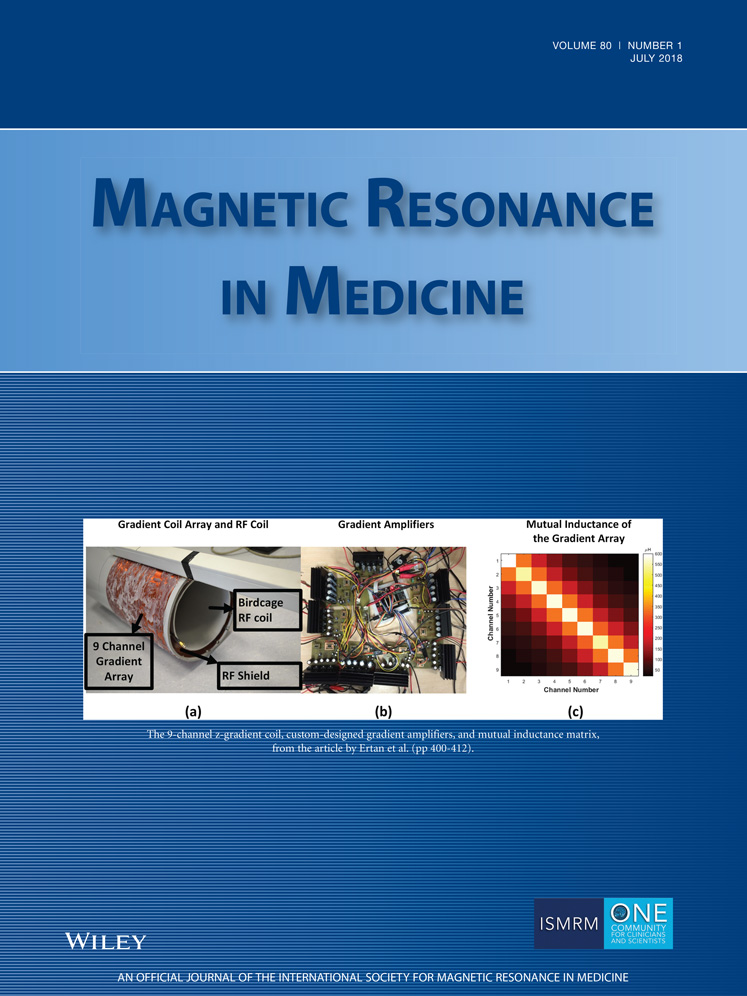Velocity reconstruction with nonconvex optimization for low-velocity-encoding phase-contrast MRI
The authors acknowledge the research support from the Department of Radiological Sciences.
Abstract
Purpose
To introduce and demonstrate a nonconvex optimization method for reconstructing velocity data from low-velocity-encoding (Venc) phase-contrast MRI data.
Theory and Methods
Solving for velocity values from phase-contrast MRI data was formulated as a nonconvex optimization problem. Weighting was added to account for intravoxel dephasing, and a Laplacian-based regularization was used to account for residual velocity aliasing. The reconstruction was tested with two low-Venc schemes: dual-Venc and a multidirectional high-moment encoding. The reconstruction method was tested in a digital simulation, in flow phantoms, and in healthy volunteers (N = 5).
Results
The nonconvex-optimization reconstruction velocity error was lower than the conventional reconstruction in simulations (4.6 versus 3.0 cm/s for multidirectional high moment, 8.3 versus 3.8 cm/s for dual-Venc) and in flow phantoms (23.9 versus 5.9 cm/s for multidirectional high moment, 15.2 versus 6.4 cm/s for dual-Venc). Qualitative assessment of velocity fields in all experiments, including healthy volunteers, showed decreased apparent noise in the velocity fields and fewer phase wraps. No additional velocity bias in measured velocities was seen in volunteers with the proposed method.
Conclusions
The proposed nonconvex-optimization reconstruction method incorporates additional information to solve for velocities when using any type of low-Venc (high-moment) acquisition. The method reduces the amount of residual phase aliasing, and decreases velocity errors that result from intravoxel dephasing. These improvements allow for more robust acquisitions, and for Venc to be lowered 2 to 4 times relative to conventional acquisitions, thereby increasing the velocity-to-noise ratio. Magn Reson Med, 2017. © 2017 International Society for Magnetic Resonance in Medicine. Magn Reson Med 80:42–52, 2018. © 2017 International Society for Magnetic Resonance in Medicine.




